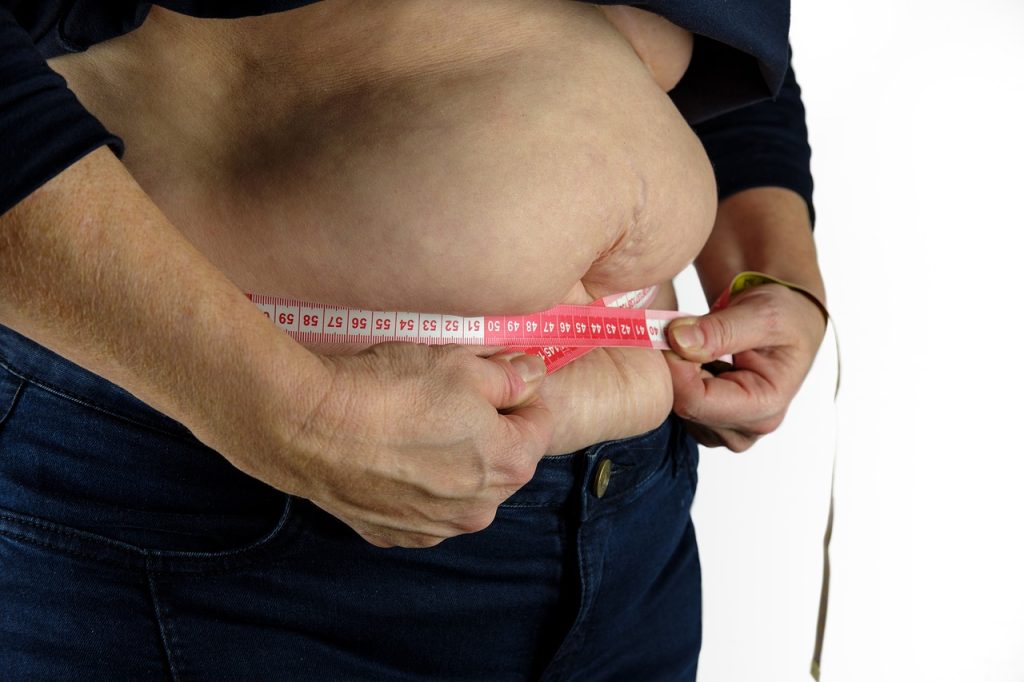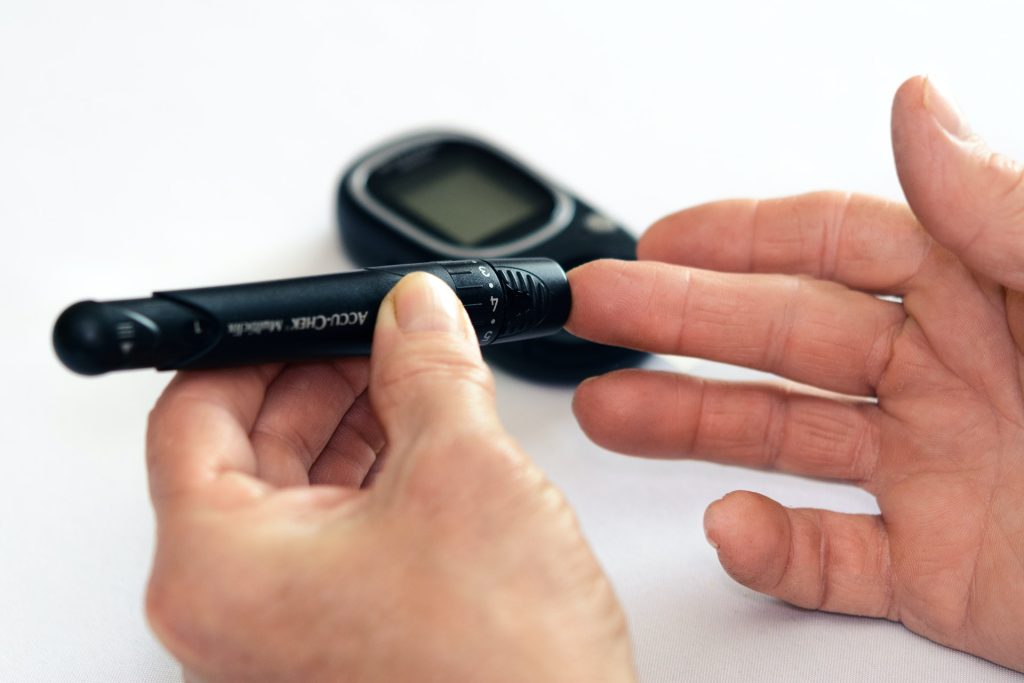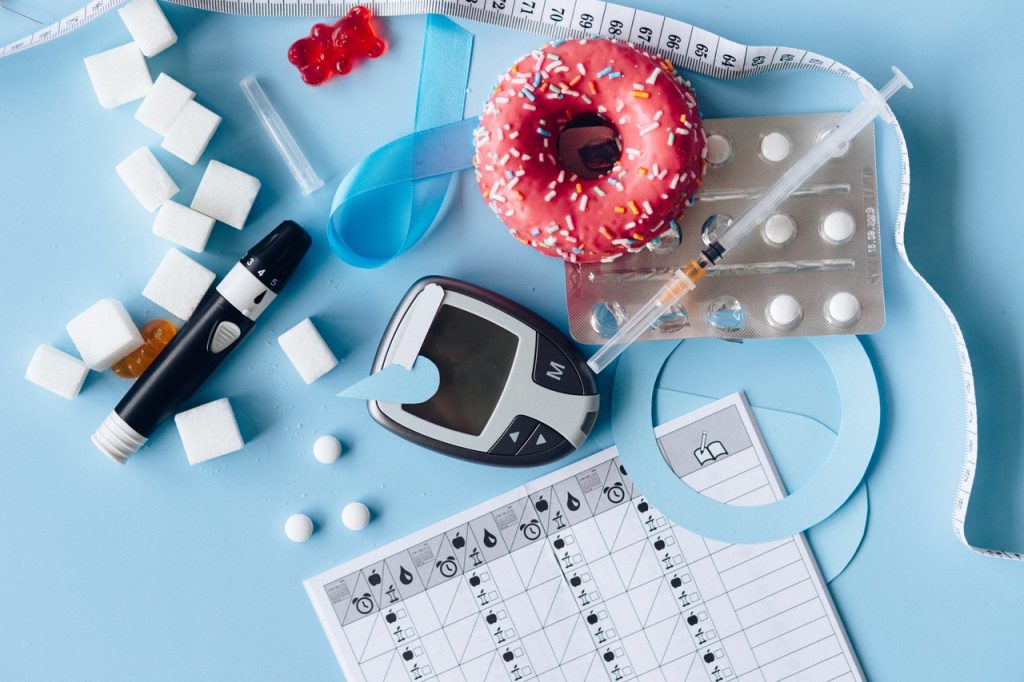Why do Some People with Obesity Remain Healthy?

Although obese individuals are at greater risk of diabetes, high blood pressure or high cholesterol, not all obese people develop metabolic diseases of this kind. With around a quarter of all obese individuals are healthy, scientists are trying to work out why some obese people become unhealthy while others do not.
Now, a comprehensive study by researchers from Zurich and Leipzig has provided a vital basis for this work. Specifically, the researchers have produced a detailed atlas with data from healthy and unhealthy overweight people, on their fat (adipose) tissue, and on the gene activity in this tissue’s cells. “Our results can be used to look for cellular markers that provide information on the risk of developing metabolic diseases,” explains Adhideb Ghosh, a researcher in ETH Professor Christian Wolfrum’s group and one of the two lead authors of the study. “The data is also of great interest for basic research. It could help us develop new therapies for metabolic diseases.”
The study appears in Cell Metabolism.
Investigating a large biobank
For this study, Ghosh and his colleagues used the Leipzig Obesity Biobank, an extensive collection of biopsies taken from obese individuals. Compiled by scientists from the University of Leipzig, these samples originate from obese patients who underwent elective surgery and consented to the collection of adipose tissue samples for research purposes. The collection also includes extensive medical information on the patients’ health.
Since the tissue samples were all taken from obese individuals with or without metabolic diseases, they allow comparison between individuals with healthy and unhealthy obesity. In samples from 70 volunteers, the researchers at ETH Zurich examined which genes were active, and to what extent, on a cell-by-cell basis for two types of adipose tissue: subcutaneous and visceral.
Scientists and medical experts assume that visceral fat, which lies deep in the abdominal cavity and surrounds the internal organs, is primarily responsible for metabolic diseases. By contrast, experts generally believe that fat located directly beneath the skin is less problematic.
For the study, it was vital that the adipose tissue cells were not all simply lumped together, as this tissue comprises not only fat cells (adipocytes) but also cells of other types. “In fact, the adipocytes are in the minority,” explains lead author Isabel Reinisch, a postdoc in Wolfrum’s group. A large part of adipose tissue is made up of immune cells, cells that form blood vessels, and immature precursor cells of adipocytes. Another cell type, known as mesothelial cells, are found only in visceral adipose tissue and mark its outer boundary.
Abdominal fat remodelled – and gender differences
As the researchers were able to show, there are significant functional changes in cells in the visceral adipose tissue of people with metabolic diseases. This remodelling affects almost every cell type in this form of tissue. For example, the genetic analyses showed that the adipocytes of unhealthy individuals could no longer burn fats as effectively and instead produced greater quantities of immunologic messenger molecules. “These substances trigger an immune response in the visceral fat of obese people,” explains Reinisch. “It’s conceivable that this response promotes the development of metabolic diseases.”
The researchers also found very clear differences in the number and function of mesothelial cells: in healthy obese individuals, there is a far greater proportion of mesothelial cells in the visceral fat and these cells exhibit greater functional flexibility. Specifically, the cells can switch into a sort of stem cell mode and therefore convert into different cell types, such as adipocytes, in healthy individuals. “The ability of fully differentiated cells to convert into stem cells is otherwise primarily associated with cancer,” says Reinisch. She was surprised, therefore, to find this ability in adipose tissue as well. “We suspect that the flexible cells at the edge of the adipose tissue in healthy obese individuals facilitate smooth tissue expansion.”
Finally, the researchers also found differences between men and women: a certain type of progenitor cell is present only in the visceral fat of women. “This could explain differences in the development of metabolic diseases between men and women,” says Reinisch.
Finding new biomarkers
The new atlas of gene activity in overweight people describes the composition of cell types in adipose tissue and their function. “However, we cannot say whether the differences are the reason why someone is metabolically healthy or whether, conversely, metabolic diseases cause these differences,” says Ghosh. Instead, the scientists view their work as providing the basis for further research. They have published all the data in a publicly accessible web app so that it is available for other researchers to work with.
In particular, this atlas now makes it possible to find new markers that provide information on the risk of developing a metabolic disease. At present, the ETH researchers are also looking for these kinds of markers, which could help to improve the treatment of such diseases. For example, there is a new class of drugs that suppress the appetite and promote insulin release in the pancreas – but these medications are in short supply. “Biomarkers that can be derived from our data could help to identify those patients who are most in need of this treatment,” says Reinisch.
Source: ETH Zurich





